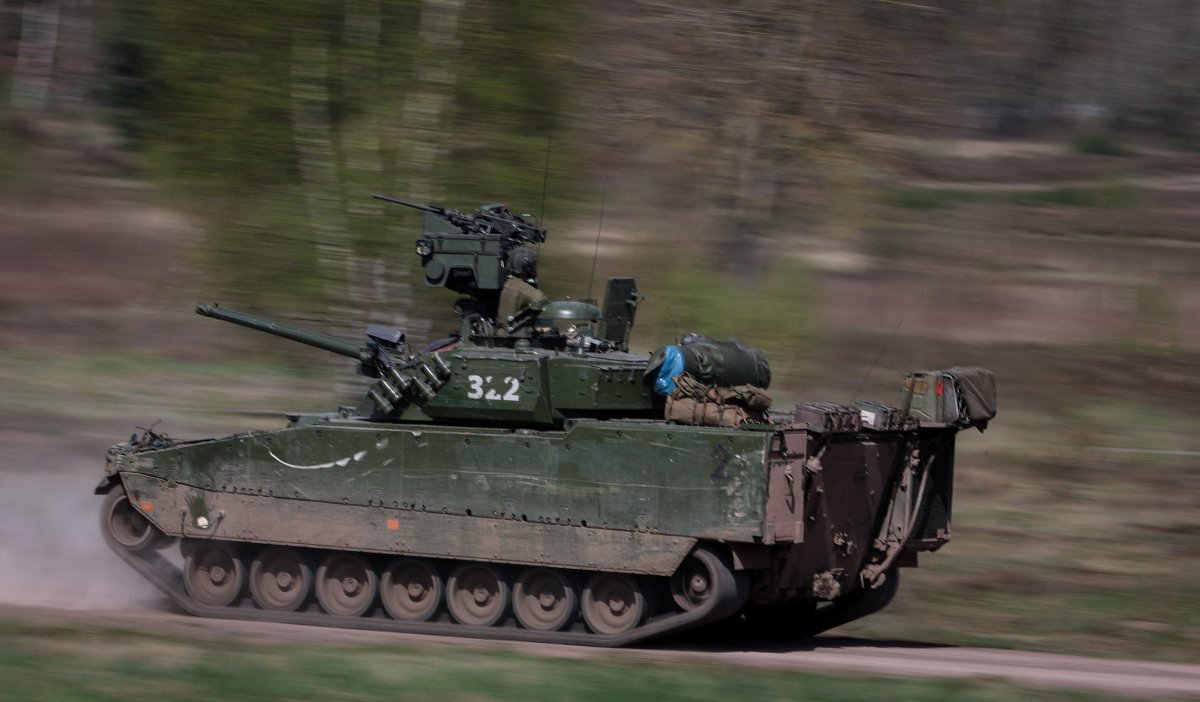War maps reveal how Russia could attack NATO
[ad_1]
Ukrainian battlefield defeat will further imperil NATO‘s eastern flank with Russia, according to strategic maps published by the Institute for the Study of War (ISW) warning that only renewed and major United States aid can prevent frontline collapse.
“Ukraine cannot hold the present lines now without the rapid resumption of US assistance, particularly air defense and artillery, that only the US can provide rapidly and at scale,” Fredrick W. Kagan wrote for the ISW in a Tuesday blog.
“Russian advances will accelerate absent urgent American action,” Kagan added. “The Russians are pressing their advantage and advancing slowly but steadily on several sectors of the front. Since the beginning of this year, Russian forces have seized over 360 square kilometers [138 square miles]—an area the size of Detroit.”
Newsweek reached out to the Russian Defense Ministry via email for comment.
Kagan warned that a defeated Ukraine—whether controlled directly by Russia, a collaboration government of some kind, or otherwise in a state of enforced neutrality or demilitarization—would put great pressure on NATO’s eastern flank, particularly the Baltic states and southeastern Europe.
“The underlying scenario assumes that the Russians will prioritize cutting the Suwalki Corridor that runs between northwestern Belarus (around Grodno) and the Russian exclave of Kaliningrad to prevent NATO from reinforcing or supplying the Baltic states while Russian armored and airborne units seize the Baltic states themselves,” Kagan said.
In such a scenario, Moscow would be hoping to prosecute its offensive with such speed that major NATO allies like the U.S., France, Germany, and the United Kingdom would not have time to respond.
“It thus considers a Russian invasion force largely drawn from units in the newly-reestablished Leningrad and Moscow Military Districts, as those forces could move to attack positions and launch an invasion much more rapidly than a larger Russian force drawing on units in the Caucasus, near Central Asia, or in the Far East,” Kagan said.
A victorious and Western-aligned Ukraine would undermine such a plan.
“The challenge the Russians would face in covering the frontier of a strong and independent Ukraine would likely consume any forces the Russians might choose to make available from further south and east in any event,” he wrote.
“Generating the Russian combat power necessary to take the Baltic states with the reduced strike force in that scenario would likely require some reinforcement from central Russia as well. That scenario would require a much larger and slower mobilization of Russian forces that NATO would see and be able to respond to.”

RONNY HARTMANN/AFP via Getty Images
Uncommon Knowledge
Newsweek is committed to challenging conventional wisdom and finding connections in the search for common ground.
Newsweek is committed to challenging conventional wisdom and finding connections in the search for common ground.
[ad_2]
Read More:War maps reveal how Russia could attack NATO

Comments are closed.